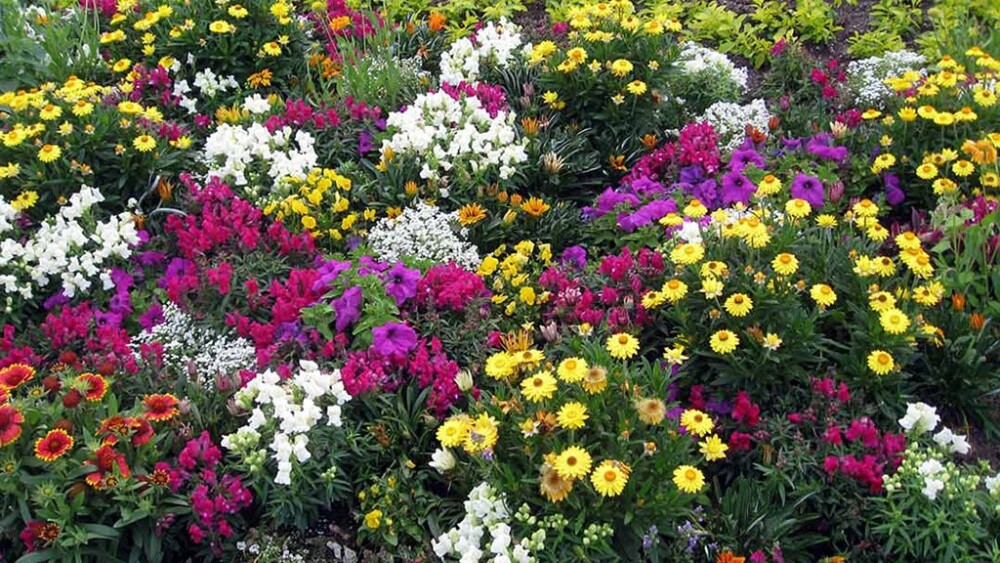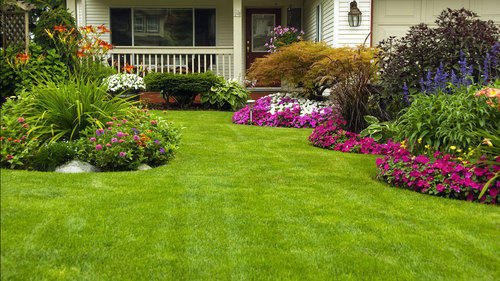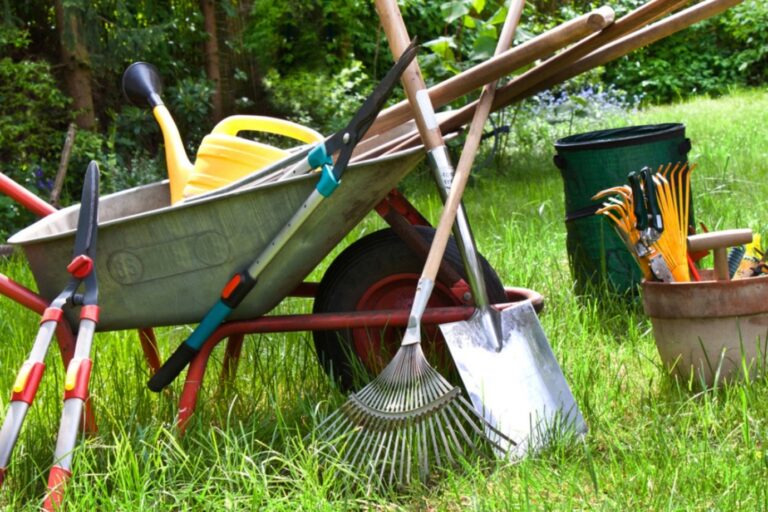Growing and maintaining a garden is not just about filling it up with plants, but rather filling it up with the right plants. There are various types of plants that can fit in a garden design, but not all may be suitable for your particular garden. Going with the “right plant, right place” principle is an excellent rule of thumb when you are coming up with a garden design. Plants thrive best when they are placed in optimum conditions, meaning that a plant requiring a lot of sunlight should always be grown where it can receive maximum sunlight. Conversely, a plant that prefers the shade should be placed in a more sheltered area. With the wide variety of plants available, how does one identify the plants often used in gardening services? Which are the right ones to pick?
Low-Maintenance Plants
Sometimes, this all comes down to the level of maintenance you are going for. Do you have a lot of experience with gardening and the time to invest in it? It is a common misconception that a beautiful garden takes hours of effort a day to maintain. However, this could not be further from the truth. If you are more of a busy person with little time to maintain a garden, you may want to go after plants with low maintenance, which still look great as adornments but require little or no care on your part. Or if you are fairly new to the world of gardening, low-maintenance plants for beginners could also be a great option.
Some lovely plants require more work than others to maintain. For example, most types of roses require regular pruning to grow healthily. Other kinds of plants, such as wisteria, are more aggressive and often grow relentlessly. Invasive plants can create plenty of problems when they take over neighbouring plants, often killing them.
Some of the best low-maintenance plants are perennials, shrubs and trees, which grow year after year, saving you the effort of having to replant them often. On the other hand, annuals have to be continuously purchased and replanted each year, which can add up to a lot of money and effort just to maintain them.
Even for experienced gardeners, low-maintenance plants remain a favorite because they are both convenient and aesthetically pleasing. Who would not want to spend less time maintaining their garden and more time enjoying its beauty?
Aesthetic Plants
Naturally, most garden owners will select plants based on the type of look they desire for their garden. Plants are commonly selected based on their size, colour and shape and how they will look in your garden.
Most gardens focus on one to three central colours as their main colour scheme. Finding plants with these shades of colours will help to bring the garden together and make it more cohesive. That said, there are also gardening designs that explore a wilder variety of colours, combining many different shades together for an eclectic vibrance.
The sizes and shapes of plants should also be varied in order to create a more dynamic view in the garden. Instead of having mostly small, round bushes or tall, thin plants in your garden, try alternating between short and tall, thin and broad. Keep in mind that if you are growing some of your plants from saplings, they may eventually outgrow their space when they reach their mature size! This is a common oversight even by experienced gardeners. Plants may look small in their pot, but once they are planted in the ground, they could easily grow much bigger. Always measure the space you are allocating for each plant and double check that there is enough room for it to blossom into maturity.
Consider the Sunlight, Weather and Climate
Although that shrub may look perfect in your garden, the weather and climate may sometimes be an unfortunate restriction. Does your place get a lot of rain? Is your garden directly under the sun or is some part of it sheltered? Are these plants able to thrive in the climate you live in? Some plants are best suited to warmer climates, while others thrive in colder climates. Some are evergreen no matter the season. Yet other plants can bloom in any place, but vary their appearance depending on the climate.
It is also important to thoroughly survey your garden while planning its design. Identify the areas that get the most sunlight and the areas that are most shaded. Is there any place that seems too sunny for your liking? Perhaps a leafy tree could be planted there to provide some shade. Know your plants and the specific conditions each of them needs. For instance, hellebores thrive best in a shaded environment, while lavender requires plenty of sunlight.
At the end of the day, garden design can be a daunting task and one that you would not want to get wrong. Instead of having to plan it out all by yourself, consider engaging professional gardening services that guarantee to attain just the look you want. With our years of expertise in gardening and landscaping work, we promise to bring you only the best for your garden. Enjoy your very own spot of nature right in the comfort of your yard at home.




